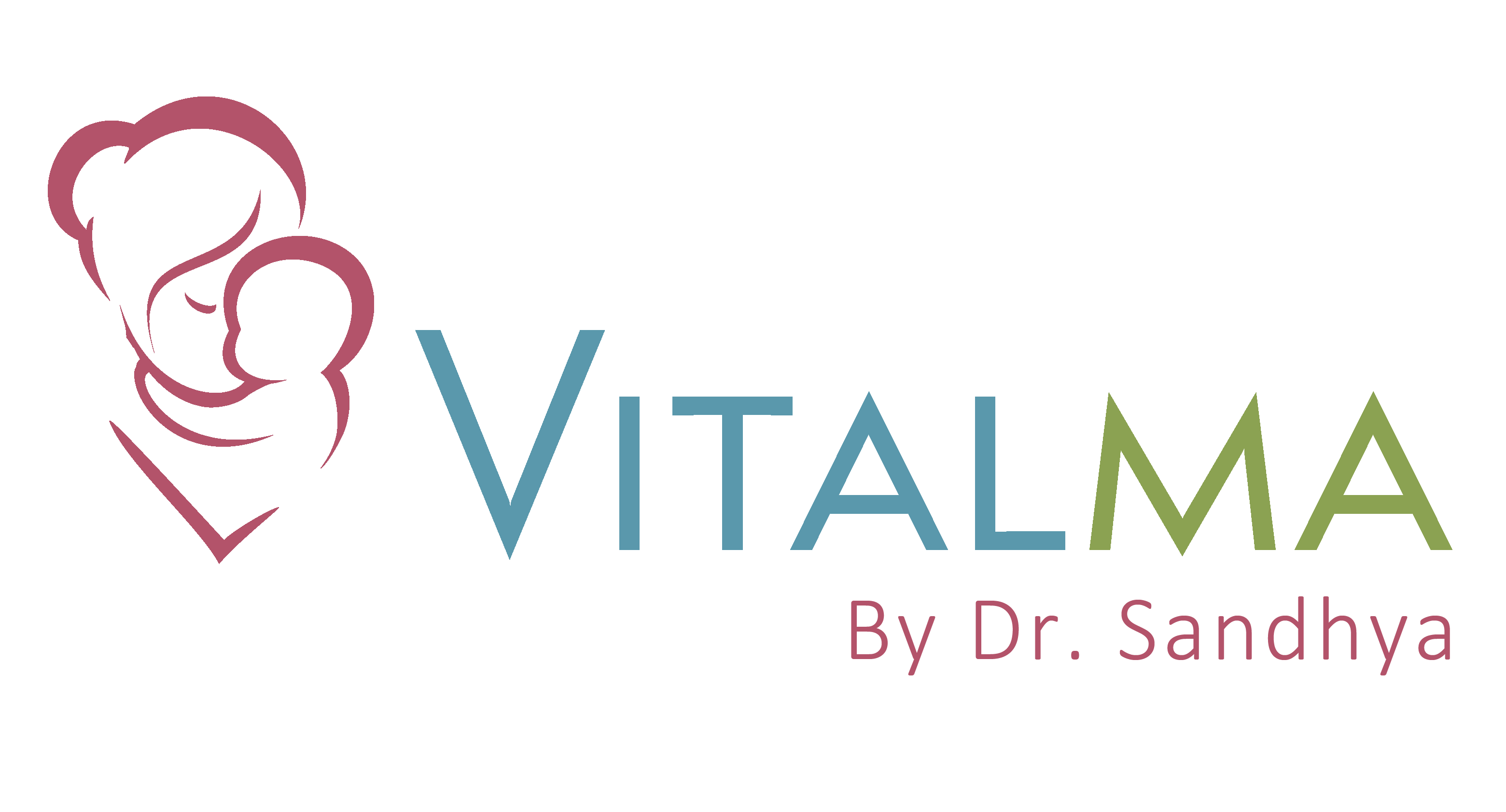By Siyona Varghese
Bilingualism, the ability to speak and understand two languages, is increasingly common in today’s globalized world. Parents and educators often wonder how learning multiple languages affects early childhood development. Research suggests that bilingualism provides numerous cognitive, social, and linguistic advantages for young children, shaping their brain development and enhancing various life skills. This article explores the impact of bilingualism on early childhood development, highlighting both its benefits and potential challenges.
Cognitive Benefits of Bilingualism
One of the most significant advantages of bilingualism in early childhood is its impact on cognitive development. Learning two languages requires children to switch between different linguistic structures, enhancing their executive function—the set of mental skills responsible for problem-solving, task switching, and impulse control. Studies have shown that bilingual children often outperform their monolingual peers in tasks requiring attention, memory, and flexibility.
Additionally, bilingualism strengthens working memory, allowing children to hold and manipulate information more effectively. This cognitive boost extends beyond language skills, improving abilities in mathematics, reading comprehension, and general learning.
Language and Literacy Skills
Contrary to the outdated belief that bilingualism confuses children, research indicates that exposure to multiple languages enhances linguistic awareness. Bilingual children develop a stronger understanding of language structure, grammar, and phonetics, which can make learning additional languages easier later in life.
Moreover, bilingual children tend to be more proficient in distinguishing between sounds, improving their phonemic awareness—a crucial skill for reading development. While they may initially show a smaller vocabulary in each language compared to monolingual peers, their total vocabulary across both languages is often larger, giving them a richer linguistic foundation.
Social and Emotional Development
Bilingualism also fosters strong social and emotional skills. Young children who grow up speaking two languages often develop better communication skills, as they must navigate different cultural and linguistic contexts. This ability enhances their social adaptability, empathy, and cross-cultural understanding.
Furthermore, bilingual children are more skilled at perspective-taking—the ability to understand different viewpoints. Switching between languages requires them to consider whom they are speaking to and adjust their communication accordingly, improving their social intelligence and emotional regulation.
Neurological Impact
Learning multiple languages shapes brain development in profound ways. Neuroimaging studies reveal that bilingual children have increased gray matter density in brain areas associated with language processing, executive function, and cognitive control. The constant practice of switching between languages strengthens neural connections, leading to enhanced brain plasticity—the brain’s ability to adapt and reorganize itself.
Additionally, bilingualism has been linked to long-term neurological benefits. Studies suggest that lifelong bilingual individuals have a delayed onset of neurodegenerative diseases such as Alzheimer’s, highlighting the protective effects of bilingual brain development.
Potential Challenges and How to Overcome Them
While bilingualism offers many advantages, there can be challenges, particularly in maintaining proficiency in both languages. Some bilingual children experience temporary speech delays, although these delays are not indicative of cognitive deficits. Instead, they result from the increased cognitive demand of learning two languages simultaneously.
Another common challenge is language dominance, where one language becomes stronger than the other. This is particularly common when one language is used more frequently in daily interactions, such as at school or in social settings. To maintain balanced bilingualism, parents and caregivers can implement strategies such as:
- Ensuring consistent exposure to both languages through storytelling, conversations, and media.
- Encouraging bilingual education programs or dual-language immersion schools.
- Practicing the “one parent, one language” approach, where each parent speaks a different language to the child.
Educational Implications
Bilingual children often have unique educational experiences. Some may initially face challenges in academic settings if their home language differs from the language of instruction. However, research shows that bilingual education programs, which support both languages rather than replacing one, lead to better academic outcomes in the long run.
Teachers and caregivers play a crucial role in supporting bilingual children by fostering a positive attitude toward both languages. Schools that integrate bilingual instruction help children maintain proficiency while reinforcing their cultural identity.
Conclusion
Bilingualism is a powerful tool that shapes early childhood development in numerous ways. From cognitive benefits and enhanced social skills to long-term neurological advantages, learning two languages provides young children with a strong foundation for lifelong success. While challenges such as temporary speech delays or language dominance may arise, consistent exposure and supportive learning environments can help children thrive as bilingual individuals. As society continues to embrace multilingualism, fostering bilingual development from an early age can contribute to a more interconnected and culturally rich world.
References

